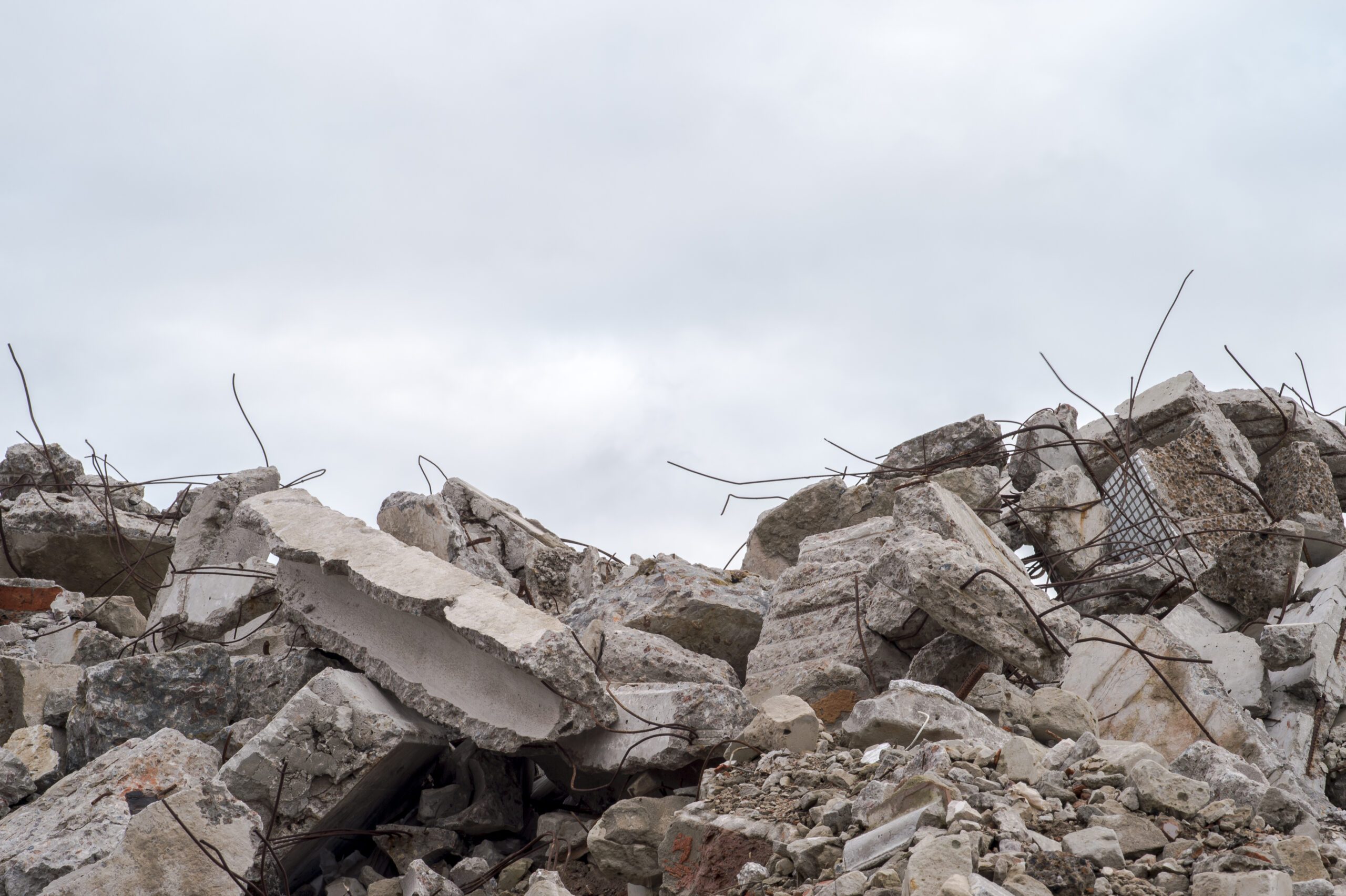The development of best-practices guidelines for the triage of victims of mass-casualty incidents (MCI) is and for the foreseeable future will remain a critical component of the nation’s preparedness strategy to deal with “all hazards” types of disasters. The START (Simple Triage And Rapid Treatment) system, commonly used throughout the United States today, provides an easily understood way to categorize patients by a color indicator (red, yellow, green, or black) that shows their medical condition and the order in which they should be seen (immediate, delayed, minimal, or expectant).
START relies on criteria that are: (a) easily obtained, in most cases, in a field setting; (b) relatively objective; and (c) statistically linked to a measurable outcome. Those criteria were derived from a trauma database registry to correlate physiologic parameters to outcome of survivability, primarily by identifying the “RPMs” – i.e., respiratory rate, pulse, and motor functions–as the factors most likely to provide the best indicators of probable survivability.
The usefulness of START in responding to MCIs that involve the presence and/or spread of hazardous materials is not yet certain, but the professional literature already available on the subject – e.g., a 2005 The START system provides an easily understood way to categorize patients by a color indicator article in the European Journal of Emergency Medicine – provides a wealth of helpful information on various systems in use internationally to cope with incidents involving CBRN (chemical, biological, radiological, nuclear) weapons or devices.
Resource and Time Factors Included in STM System
Equally helpful is the recently developed Sacco Triage System (STM), which provides a mechanism to link triage casualty numbers to the resources available and the times required to transport patients to a medical facility. With the RPMs serving as the core, STM expands on the trauma-registry data to correlate patients’ RPM scores with their likelihood of survival. The more severely traumatized patients receive lower scores, indicating they are less likely to survive, and more likely to decompensate en route to the hospital.
By using statistical and other data developed on the scene, STM optimizes the order of patient evacuation from an incident site to ensure that those most likely to survive – i.e., those with higher STM scores –are the first patients transported to a hospital or other medical facility. Sadly, this means, of course, that those with the lowest STM scores and therefore least likely to survive transport and tie up critical resources are transported later to whatever hospitals are available. The end result of these extremely difficult decisions, though, translates into more survivors in the aftermath of any given incident.
Several additional points in using such a system are worth further consideration. The first is that, whatever system is used requires a link to information-management tools, with optimal results integrating the medical first responders at the incident site with the medical desk of the operations section at the incident/unified command system command post, through the emergency operations center (EOC) to the receiving hospitals.
The second point is that, to lower the time required for transport, security and law-enforcement personnel not only at the incident site but also along the transportation nodes and pathways also must have access to the system to ensure that the transportation routes are clear.
Analyses and Outcomes, Updates and Adjustments
An ancillary benefit is that such systems would provide a mechanism to use artificial intelligence to improve predictability of the system. The local, regional, or national statistics collected could provide an updatable and constantly evolving database from which criteria are correlated and survivability optimized. Such additional information as the breakout of population subsets, the impact of transport times, and/or the level of care provided en route could and should be analyzed on a continuing basis. Modifications for local or regional factors and/or the identification of quality-of-care issues also could be determined. Finally, and of the greatest importance during hazardous-materials incidents, separate criteria for specific types of incidents could and should be identified.
The efficacy of using trauma data registries to determine the appropriate triage criteria to use in MCI events involving hazardous materials is still far from certain. However, such information probably could be determined, with a reasonable degree of certitude, by continuing real-time analyses of outcomes within the system – with the analyses later adjusted as additional information is compiled.
It should not be surprising, incidentally, that the STM method was developed by a mathematician. In the information age, the ability to capture large amounts of data also requires a careful analysis of outcomes – which frequently drive protocols, guidelines, and system designs. Multidisciplinary efforts are required to ensure that strategies and tactics are optimized to the maximum extent possible to meet the goals established, and that the analyses of the systems available are both comprehensive and adequate.

Duane Caneva
Duane Caneva is Head of Medical Plans & Policy at the Navy Medicine Office of Homeland Security. He currently serves as a medical consultant on chemical, biological, radiological, nuclear, & high- yield explosives (CBRNE) to the Of ce of the Attending Physician at the U.S. Capitol.
-
Duane Canevahttps://www.domesticpreparedness.com/author/duane-caneva
-
Duane Canevahttps://www.domesticpreparedness.com/author/duane-caneva






